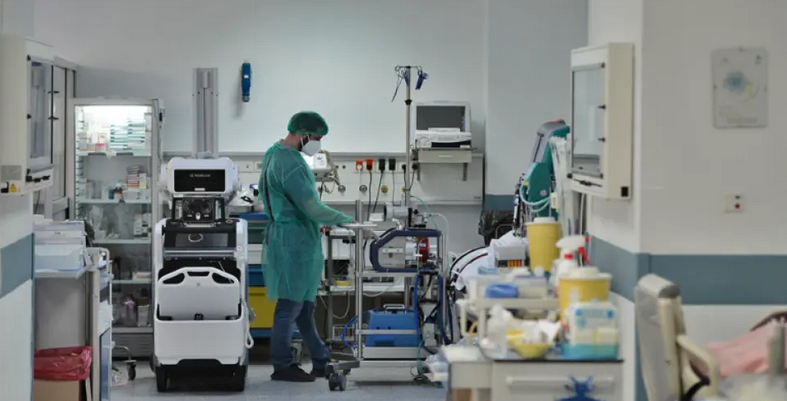An interesting account was published in Huffington Post and it attempts to answer to a question a lot of us have asked during the pandemic:
When I caught COVID right before Christmas — a breakthrough infection I got despite being vaccinated, boosted and wearing a medical-grade mask just about everywhere I went — I resigned myself to the fact that my kids would get it, too. We live in a tiny New York City apartment, after all. And my younger child is too young to be vaccinated.
But we tested them frequently throughout my quarantine, and after 10 days I hadn’t spread it to either of my kids or my husband. This has caused some people in my life to question whether I really had COVID-19 after all. (I’m going to believe the, like, seven at-home rapid tests that told me I did.)
But it’s also made me wonder a lot about the mysteries of COVID spread within households and how that has changed because of omicron. Many people fighting infections are also dealing with the same phenomenon.
Here’s what experts have to say about household COVID spread right now:
Omicron is more likely to spread within households than previous variants
The UFO reports made in Lancashire last year & what witnesses saw
Estimates suggest the initial omicron variant is up to four times more transmissible than previous COVID variants — and the newest omicron subvariant (BA.2) may be even more contagious than that. That seems to track within households as well. In early December, British health officials estimated that the risk of spreading omicron within a household was three times higher than with the delta variant.
With all of the variants, households pose a big risk just because of how much time you’re spending around those people.
Read more: Huffington Post




































